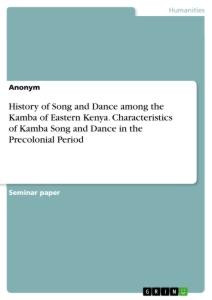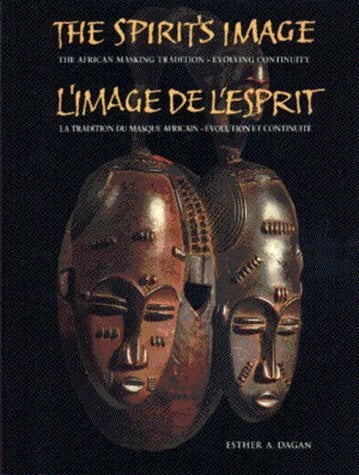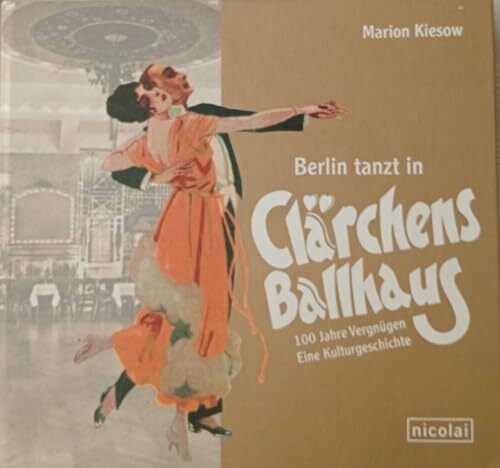
History of Song and Dance among the Kamba of Eastern Kenya. Characteristics of Kamba Song and Dance in the Precolonial Period
Kurzinformation
inkl. MwSt. Versandinformationen
Artikel zZt. nicht lieferbar
Artikel zZt. nicht lieferbar

Beschreibung
Seminar paper from the year 2019 in the subject African Studies - Culture and Applied Geography, Mount Kenya University (Mount Kenya University), course: Master Degree in History(Arts), language: English, abstract: Song and dance are powerful cultural medium in any society. Song and dance were not only used as a preserver but also a transmitter of history. Kamba community expressed their feeling through song and dance. Song and dance were used in all aspects and perspectives of the Kamba community. This study focuses on the characteristics of Kamba song and dance in the precolonial period. The community originally occupied Makueni, Machakos and Kitui before expanding to other parts of the country. The study seeks discuss the different cultural practices that song and dance was practiced as well as the different types of song and dance and the occasions when they were practiced. Clearly, there is no doubt that song and dance are powerful conveyers and transmitters of a society¿s history. Indeed, song and dance were used as an avenue of communication. Song and dance in every community has its own characteristics that make it distinct from the other communities. Kamba songs and dance has been part of oral literature which has been passed from one generation to the other through stories and testimonies. The community history, culture and identity were passed on from one generation to the other through song and dance. Traditional musical instruments were also used. Kamba song and dance was utilitarian hence was used as an aspect of identity to the community. With colonization, urbanization and western cultural influences, it is evident that traditional Kamba song and dance have decreased due to the emergence of new idioms that combine African and western elements. Changes to Kamba song and dance occurred as a result of external cultures and the interactions among African societies. Therefore, this study is an eye opener to the dying Kamba traditional song and dance. Traditional Kamba song and dance ought to be documented since is at the verge of being forgotten especially by the current generation.
Produktdetails

So garantieren wir Dir zu jeder Zeit Premiumqualität.
Über den Autor

- paperback
- 176 Seiten
- Erschienen 1991
- Wasmuth Verlag GmbH

- perfect -
- Beck

- Hardcover
- 783 Seiten
- Erschienen 2012
- Suhrkamp Verlag

- paperback
- 112 Seiten
- Erschienen 2011
- Verlag Karl Alber

- perfect
- 112 Seiten
- Erschienen 1980
- Dieter Fricke,

- paperback
- 825 Seiten
- Erschienen 2010
- J.B. Metzler




 bestellen
bestellen
































